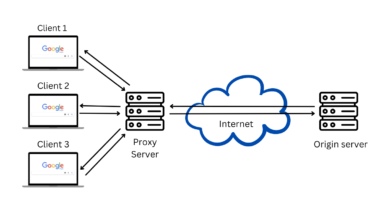
The Evolving Role of Risk Assessment in ESG and Sustainability Reporting
ESG risk assessment evaluates a company’s risk exposure to government, social, and environmental concerns that have an impact on its performance. The ESG risk assessment is mandatory for regulatory compliance, and consulting with process safety management consulting services such as Ingenero is beneficial before making any strategic decision. It assesses the anomalies in the operational procedures and identifies the internal and external risks associated with any particular business. ESG is an integral part of getting economic success.
What is ESG risk assessment?
ESG risk implies the negative impacts an organization has on its financial performance and sustainability that occur due to its own practice. The ESG risk assessment measures the levels of organization’s strategy and policy associated with environmental, social, and governance activities.
The environmental risks measure how a company’s activity is affecting the biodiversity, increasing the chances of deforestation, and how the waste is managed. The social risk assesses the labor practice, supplier management, diversity, equity, and inclusion. Governance risk identifies any corruption, fraud, and transparency in business activity.
Role of ESG risk assessment for sustainability
ESG risk assessment identifies how the company is affecting the sustainability factors and what initiative it should consider to mitigate the issues. Prior assessment protects the company from reputational damage, fines, or imprisonment. A holistic approach to risk assessment is crucial for identifying the backdrops of operational procedures and taking corrective measures pertaining to it.
- ESG assessment predicts the risk and opportunity associated with a company that can help sustainability, enhance financial performance, and uncover potential growth possibilities.
- The company can mitigate the issues like labor disputes, controversies, or any unethical business practice by assessing ESG factors.
- The risk assessment helps the company to comply with the regulation and avoid legal penalties.
- It reduces the operational cost and optimizes resources for long-term sustainability.
- ESG risk assessment manages the supply chain management risk and addresses the risks associated with it.
- Ensure the long-term strategic planning that enables resilience and adaptability.
- Fulfill the stakeholder expectations according to the social and market trends. It improves the employee engagement with the organization.
Process of ESG risk assessment
ESG risk assessment follows several steps to measure the potential risks associated with organizational practices from both internal and external perspectives.
Business overview: It conducts background research of the company and analyzes the business activity to identify the ESG KPIs (key performance indicators).
Competitor analysis: It assesses competitors of the organization and their ESG performance. Provide useful information and recommendations based on the market environment.
Red flag assessment: Analyze the internal assessment in terms of management, employee engagement, human rights abuse, any improper waste management, violation of regulation, or any other activity that can expose risk.
ESG risk assessment is crucial for any smooth conduct of organizational activity. The ESG risk prevention helps to maintain sustainability, and it is a key factor for any business’s success. The transparent organizational practice that aligns with the environmental, social, and governance factors enables an organization in strategic planning and enhances the financial performance as a whole. Mitigating the ESG risk boosts the brand reputation as well as protects the planet and humanity altogether.








